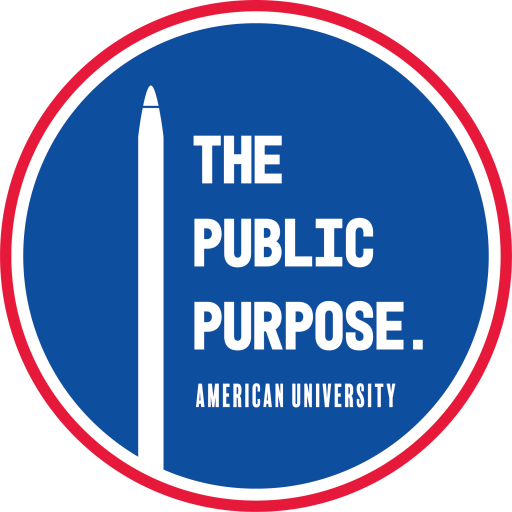The growing expense of higher education has become a pressing concern in recent years. In tuition alone, it currently costs $39,508 to get a 4-year degree from an in-state public institution, $97,960 for an out-of-state institution, and $135,010 for a private one, not including the cost of books or board. Education prices increased by an average of 5.2 percent from 1995 to 2015, higher than even healthcare at 3.7 percent and total inflation at 2.3 percent. The class of 2015 graduated with the highest student debt levels in history, averaging $30,100 per student based on self-reported data from non-profit, four-year schools; the average would likely be even higher if data for every single student was recorded. Excessive costs and debt loads further drive inequality by weighing disproportionately on low and middle-income families. Americans are also no longer leading educational attainment, with fewer 25- to 34-year-olds having college degrees than Canada, most European Union countries, Japan, New Zealand, and South Korea as of 2008. Additionally, American 25- to 34-year-olds had lower levels of educational attainment than 35- to 44-year-olds, whereas the Organization for Economic Cooperation and Development (OECD) average saw a substantial increase in education level for the younger age group, not a decrease. This costs the US in the long-term as a less-educated workforce loses competitiveness against other developed countries.
Little debate centers on if the cost of higher education in the United States is a problem. Rather, it revolves around the best way to fix it. The Obama administration favored keeping student loan interest rates low, increasing Pell Grant awards, offering larger education tax credits, and incentivizing states to reform higher education policies. Low interest rates and Pell Grant awards, while helping affordability for individual students in the short run, do basically nothing to reduce skyrocketing tuition charges and the other costs of attendance associated with universities. These interventions don’t incentivize schools to cut costs and don’t address underlying reasons for tuition increases. If anything, the effect of expanded federal aid may be the opposite of its intention; grants and cheap credit drive up costs as universities raise tuition in response to the larger money supply in the education market. At for-profit institutions, increases in federal aid disbursements due to policy changes led to corresponding increases in sticker prices; while the price increase effect differs from institution to institution, the definitive conclusion is federal aid to students certainly does not decrease prices.
This leaves one feasible option to curb higher education costs, and that’s directly funding public colleges and universities. One of the biggest root causes of tuition increases is that states are shifting funding further and further away from higher education. State spending per student is the lowest it’s been since 1980 and tuition fees, on average, now account for more than 50 percent of education costs at public research universities. The government spent $31.4 billion on Pell Grants alone for fiscal year 2015, but only 31 percent of Pell Grant recipients studied out of a sample of 1.7 million graduated in six years. This means a large portion of federal aid money gets sent to students that don’t graduate, without even considering the amount spent on subsidizing interest on federal loans, university tax breaks, and work-study programs. A more efficient use of funds would be to hand $31.4 billion to states to use towards their education system, under the condition it is used in addition to (not instead of) spending already spent by states on their higher education systems.
While discontinuing Pell Grants and shifting the money towards state education systems would make it potentially more difficult for low-income students to attend private schools, the fact is most Pell Grant recipients already attend public institutions. From 2012 to 2013, 33 percent and 32 percent of Pell Grants went to public two-year and public four-year institutions, respectively. Only 14 percent went to private non-profits and 21 percent went to for-profit universities, and remember, the latter category tends to increase tuition prices with increases in Pell Grants. Pell Grants end up being a backhanded way of subsidizing the costs of private educational institutions, something the federal government arguably has no obligation to do. To begin with, Putting Pell Grant money towards state institutions addresses one of the root causes of tuition increases, which is the decreases in state funding, by allowing public schools to lower their costs. Aside from Pell Grants, federal education tax credits and tuition deductions totaled $20 billion in 2011. Roughly 57 percent of tuition tax deduction benefits went to households making between $100,000 and $160,000 but only 4 percent of the tax deduction benefit went to households making under $25,000. Low-income students that are hardest hit by college costs would benefit more by funding public institutions with that $20 billion and lowering tuition instead of making it a tax expenditure. The same argument can be made for putting the money the Department of Education spends on interest for subsidized loans towards reducing public tuition costs instead of spending it on interest. Driving down public school tuition would also incentivize private institutions to lower their own costs in order to remain competitive. The same principle behind instituting a public option in health insurance can benefit higher education. Funding higher education entirely for everyone would likely require higher taxes, but dismantling the economically inefficient system in place would be a large step towards making it affordable, just by shifting around money we already spend on it.
Image source: Brian Snyder, Reuters



0 Comments